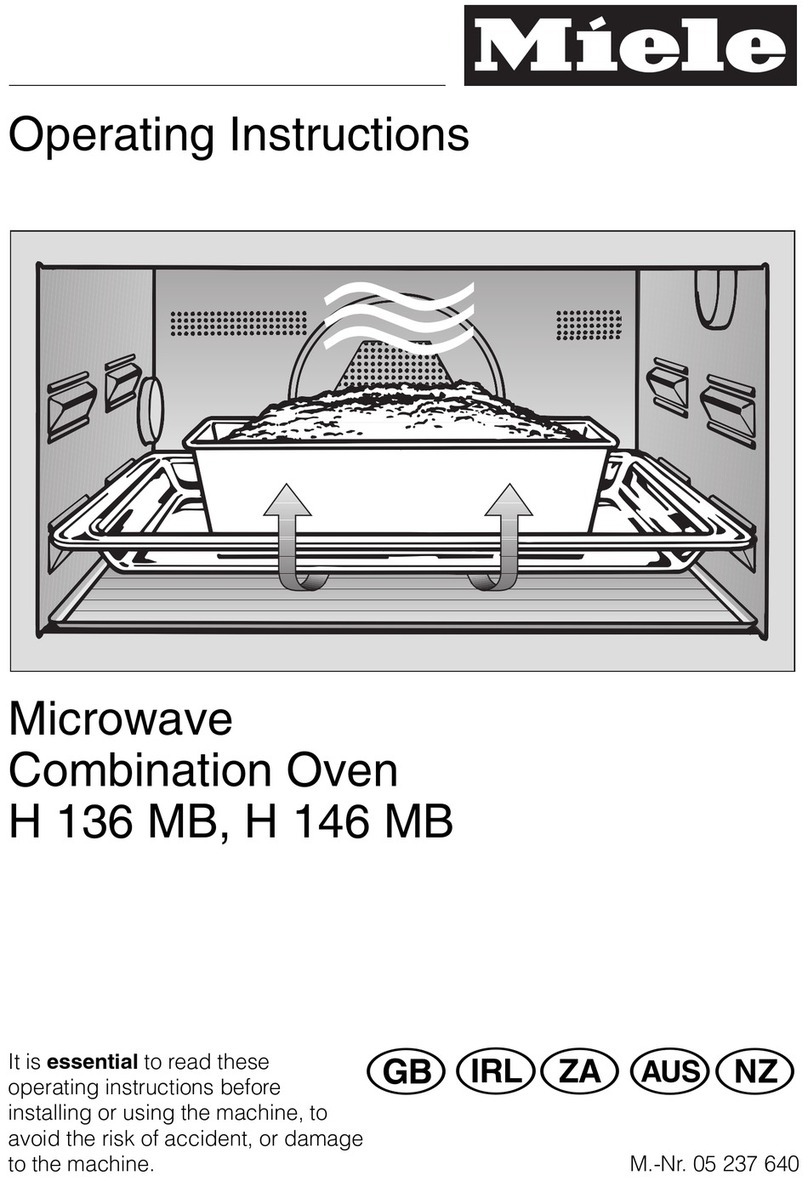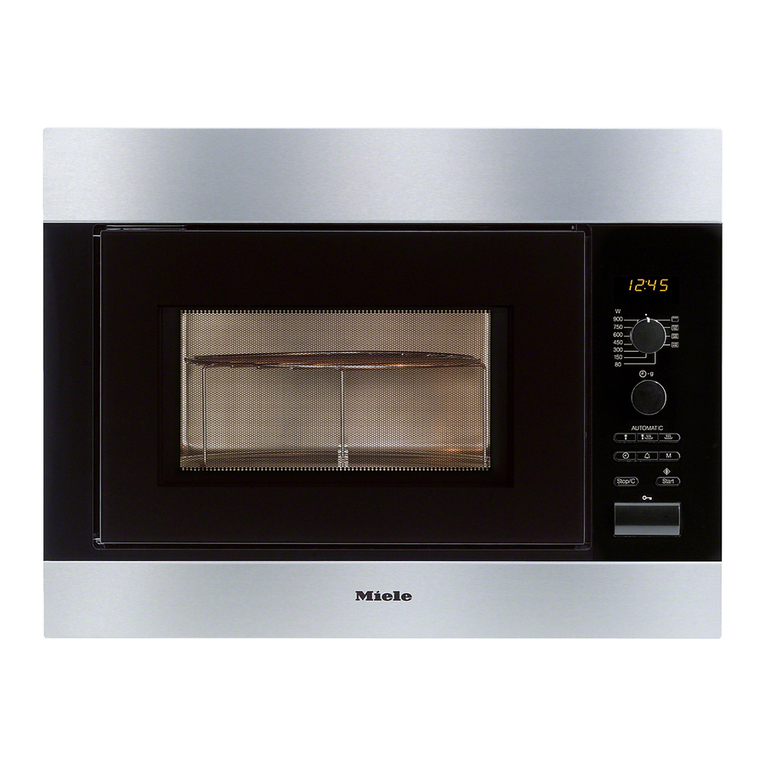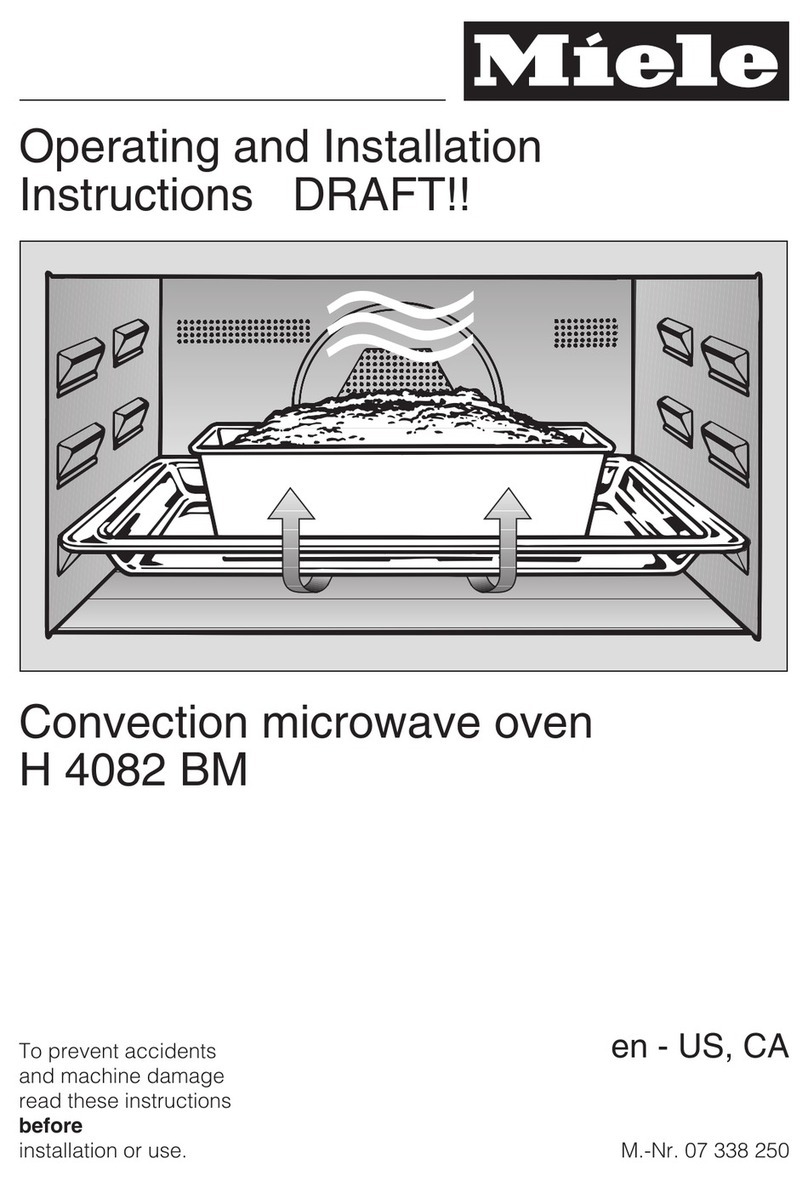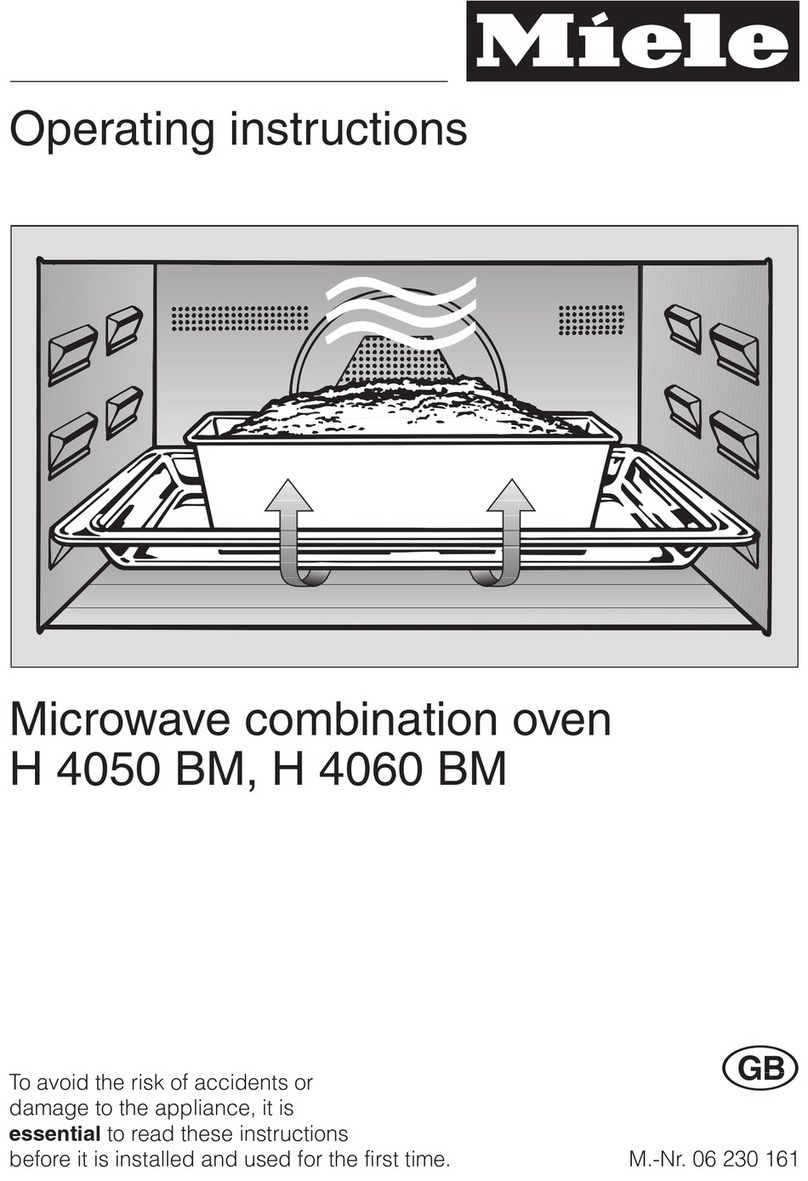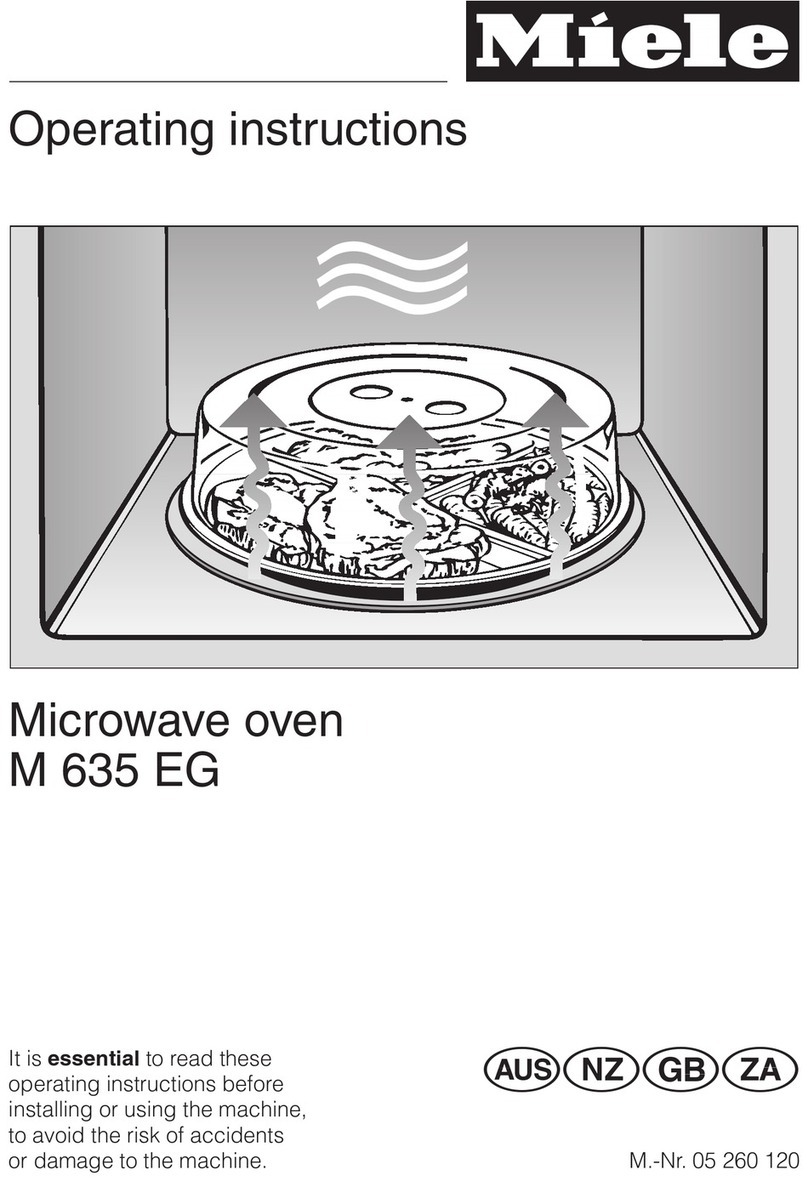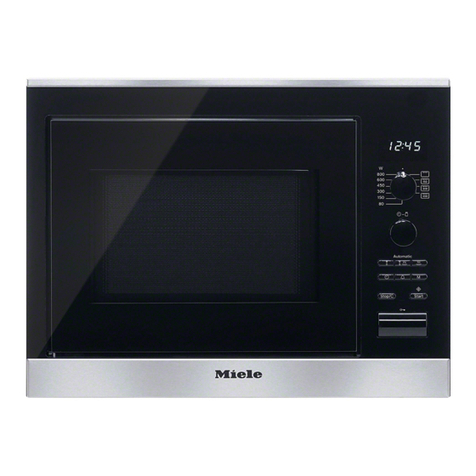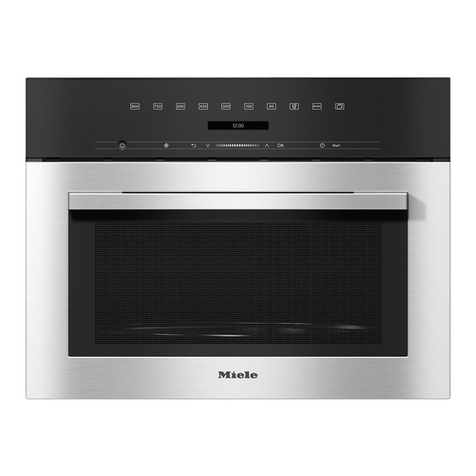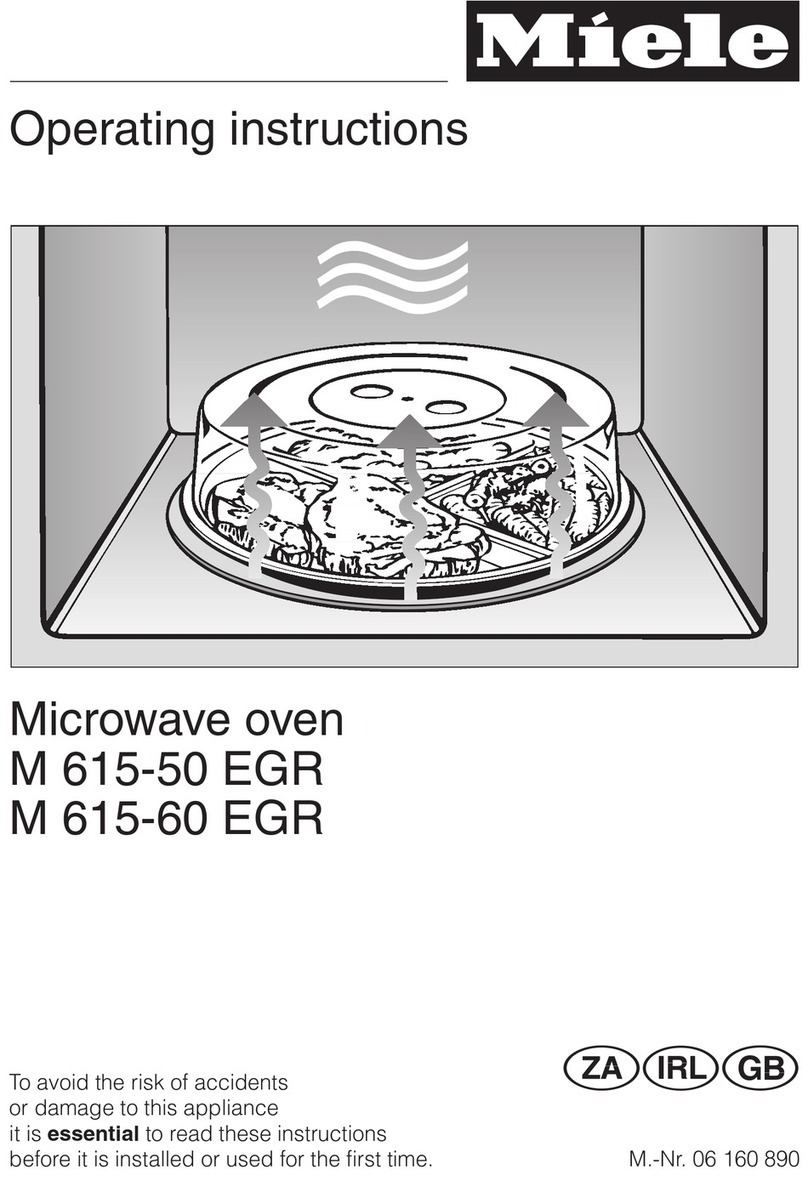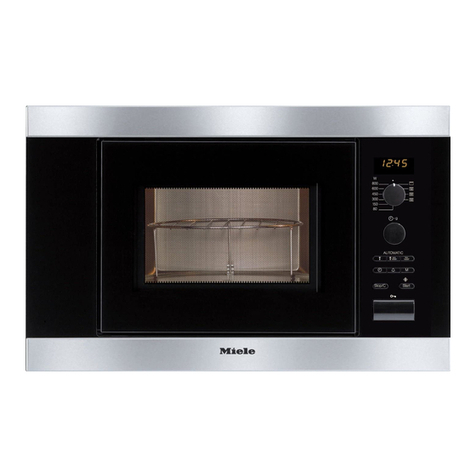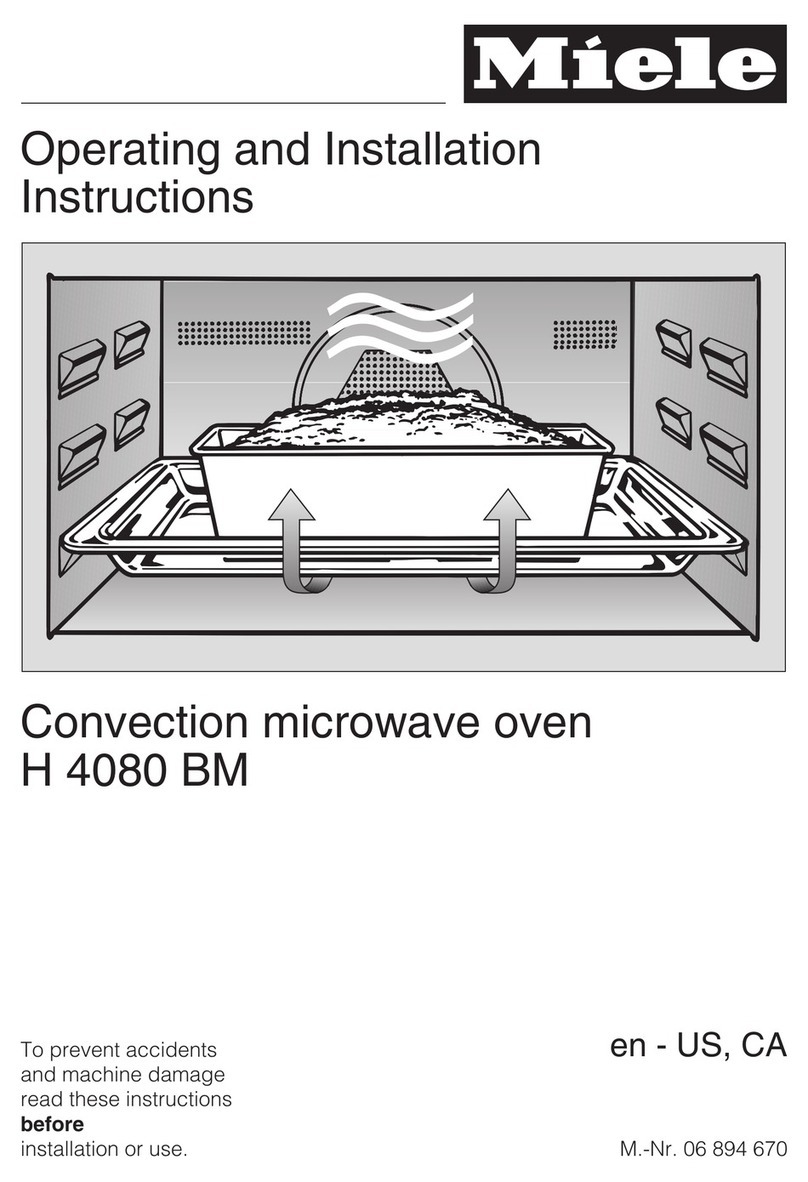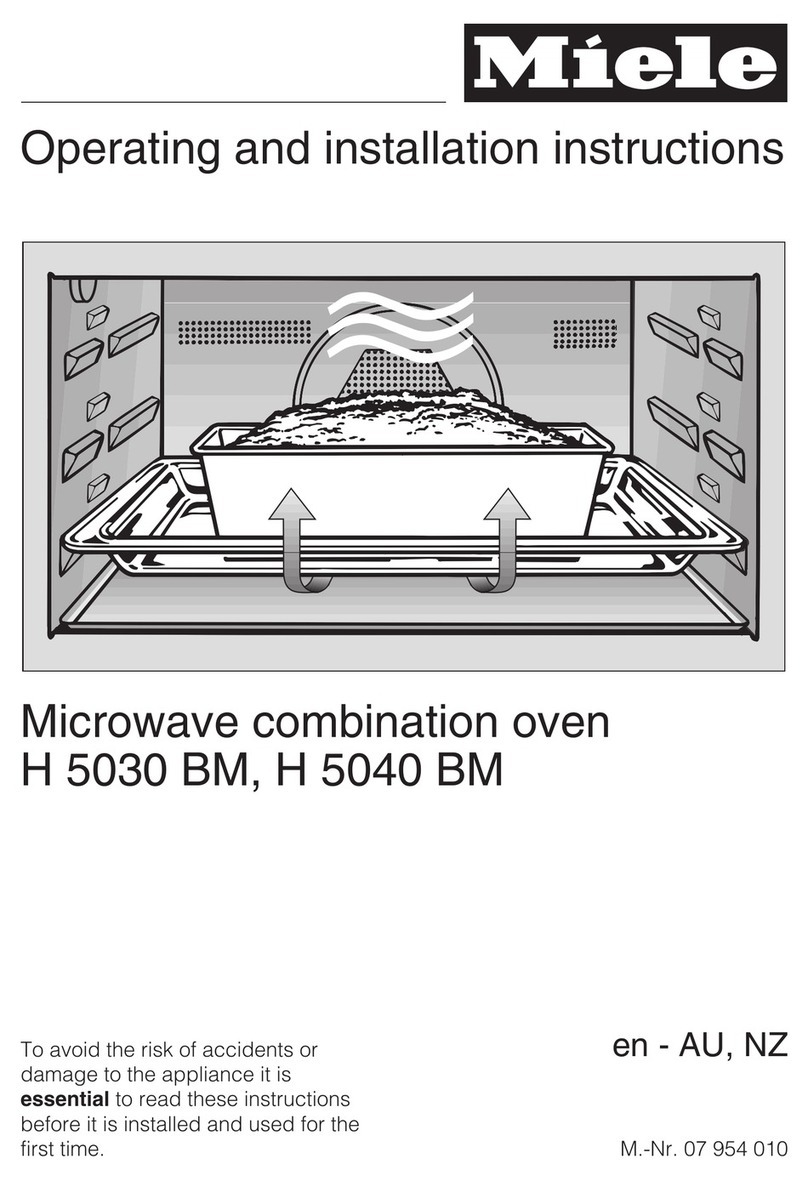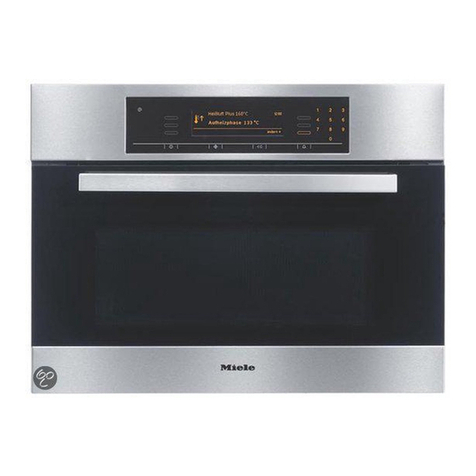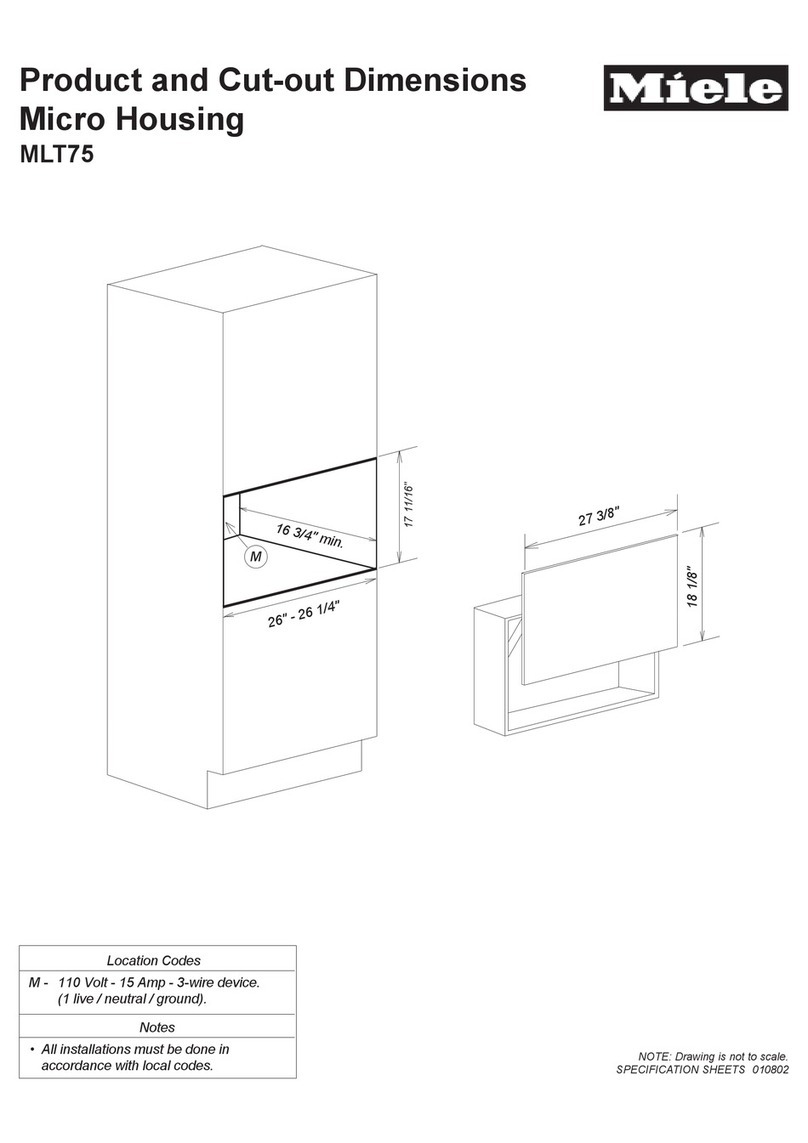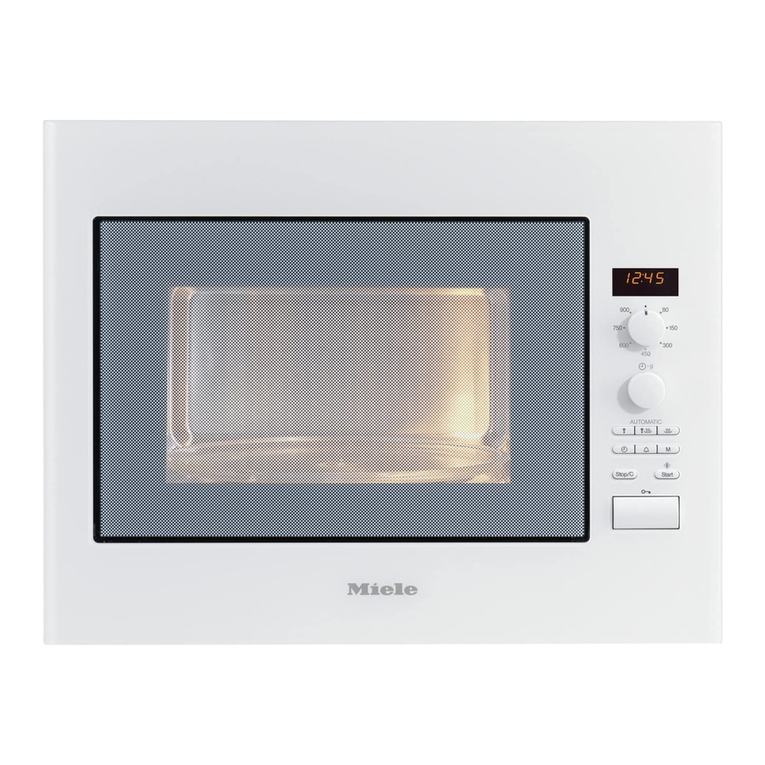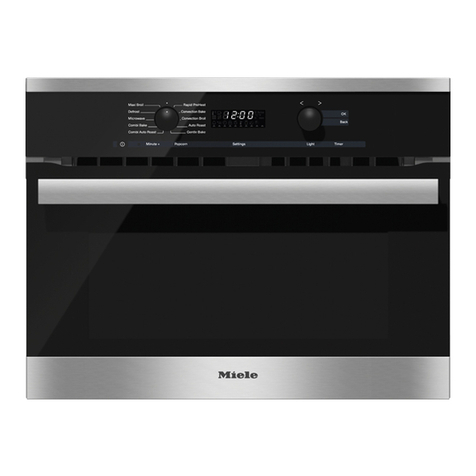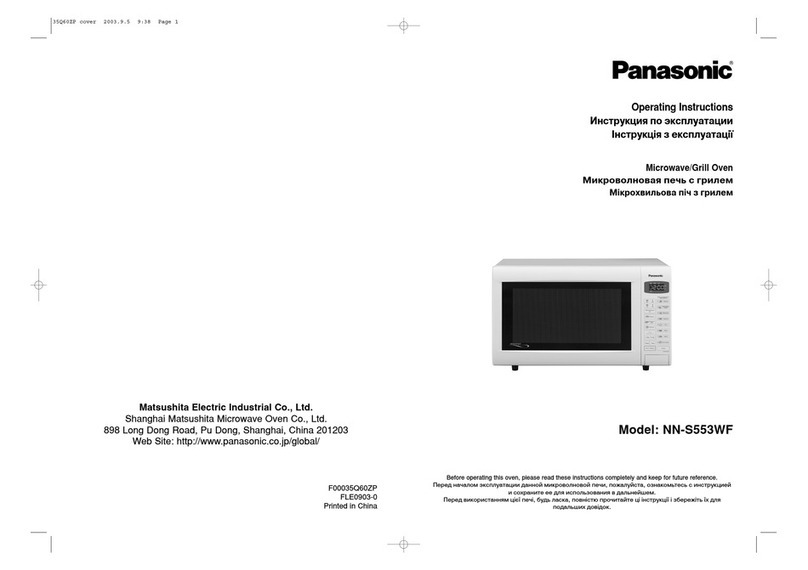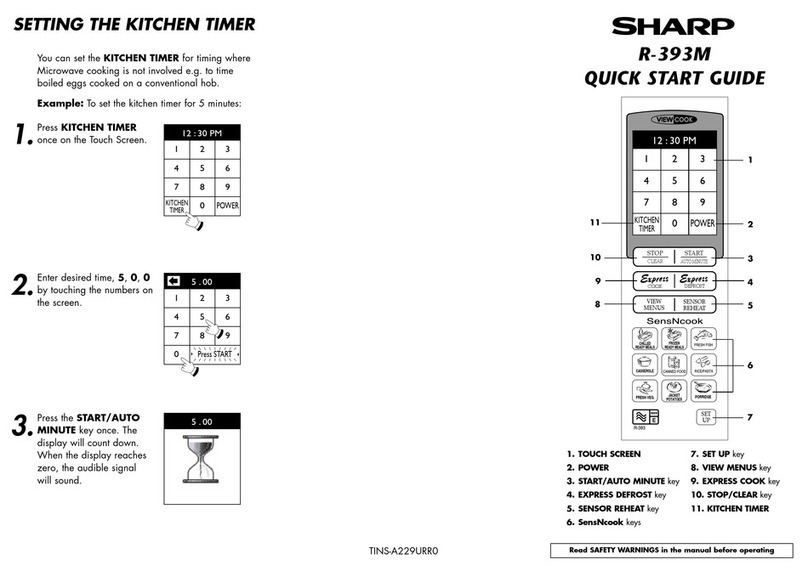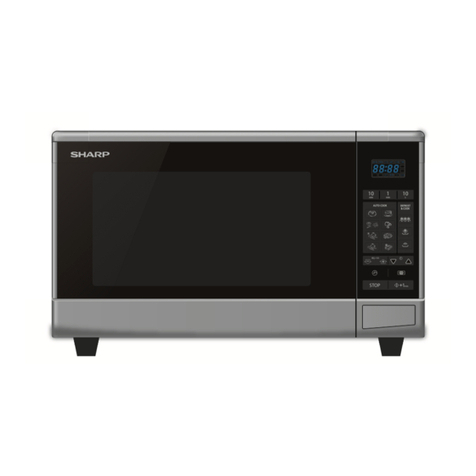This appliance complies with all
relevant local and national safety
requirements. Inappropriate use
can, however, lead to personal injury
and damage to property.
To avoid the risk of accidents and
damage to the appliance, please
read these instructions carefully
before using it for the first time. They
contain important notes on
installation, safety, use and
maintenance.
Keep these instructions in a safe
place and ensure that all users are
familiar with the contents. Pass them
on to any future owner of the
appliance.
Correct application
~This appliance is designed for
domestic use and for use in similar
environments by guests in hotel or
motel rooms, bed & breakfasts and
other typical living quarters. This does
not include common/shared facilities or
commercial facilities within hotels,
motels or bed & breakfasts.
This appliance is not suitable for
outdoor use.
It is intended to cook, defrost, reheat
and bottle food. Any other usage is at
the owner's risk and could be
dangerous.
The manufacturer cannot be held liable
for damage resulting from incorrect or
improper use or operation.
~Never use the microwave to store or
dry items which could ignite easily.
Moisture evaporates. Fire hazard!
~This appliance is not intended for
use by persons (including children)
with reduced physical, sensory or
mental capabilities, or lack of
experience and knowledge, unless they
have been given supervision or
instruction concerning its use by a
person responsible for their safety.
~This appliance may only be installed
and used in mobile installations if a risk
assessment of the installation has been
carried out by a suitably qualified
engineer and the safety requirements
for correct use of this appliance have
been met.
Safety with children
~Children should be supervised to
ensure that they do not play with the
appliance. This appliance is not a toy!
To avoid the risk of injury, keep children
well away and do not allow them to play
with it or to use the controls. They will
not understand the potential dangers
posed by it. They should be supervised
whenever you are working in the
kitchen.
~Older children may only use the
cooktop when its operation has been
clearly explained to them and they are
able to use it safely, recognising the
dangers of misuse.
~When grilling with or without the
microwave function, the oven interior,
grill element and door can get hot. Do
not let small children touch the oven
while it is in operation, as there is the
danger of being burnt. Supervise its
use by elderly or infirm people.
Warning and Safety instructions
8
Downloaded From Microwave-Manual.com Manuals

